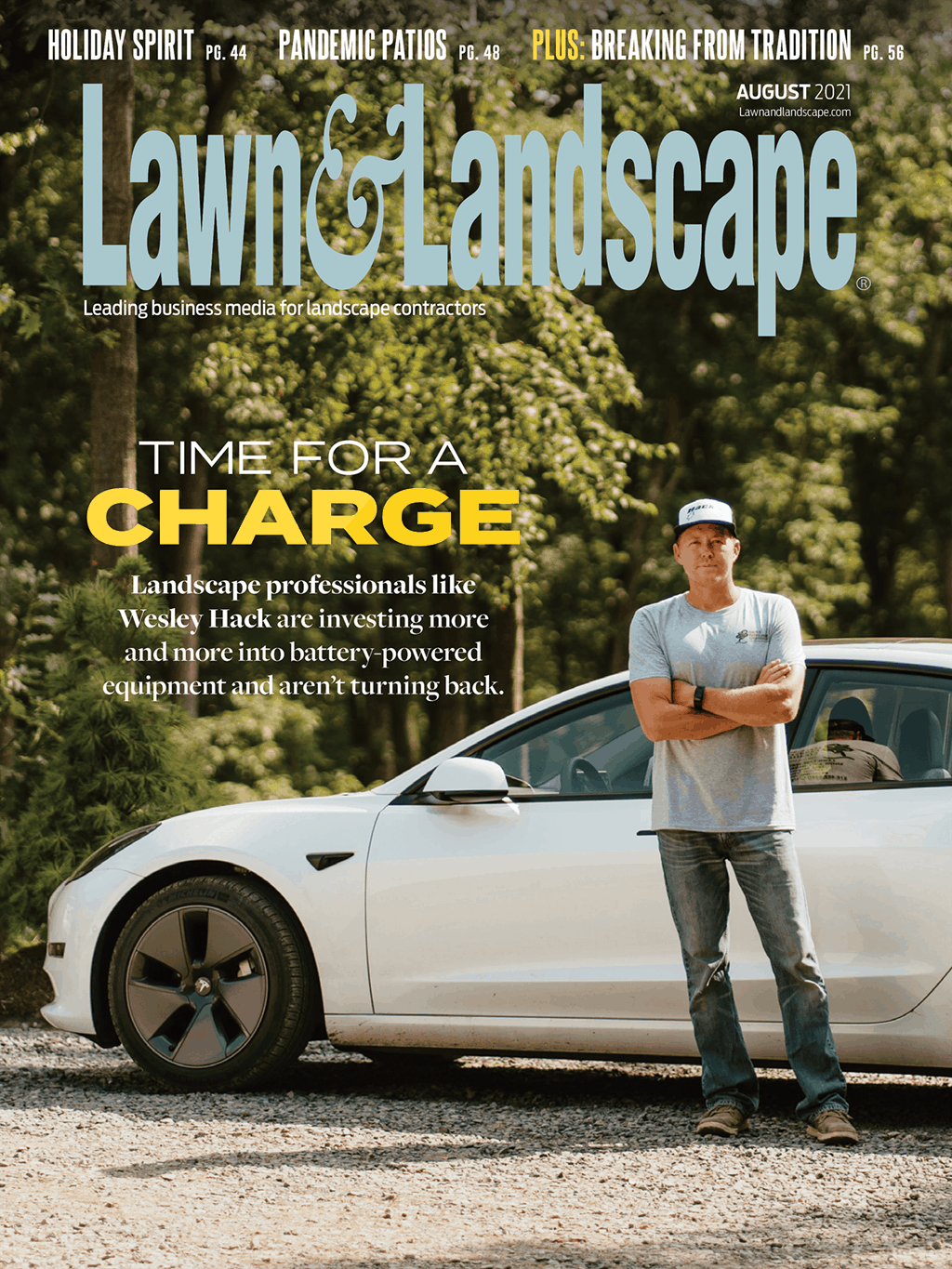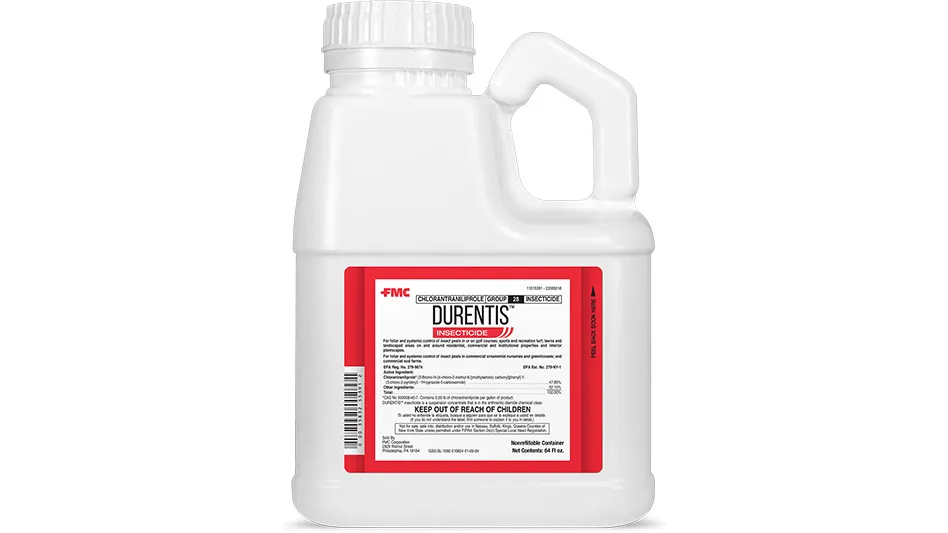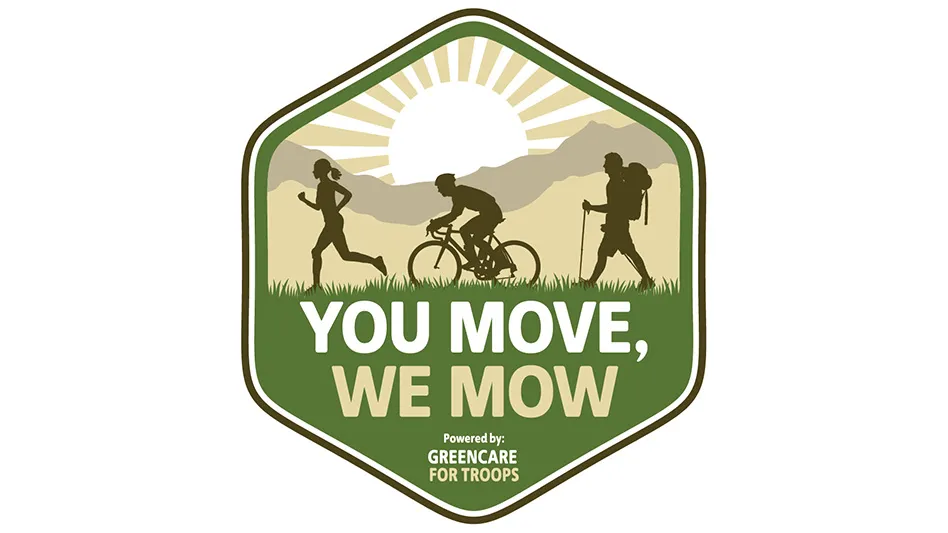

In search of a cure for cabin fever brought on by the COVID pandemic, homeowners are looking for new ways to enhance and expand their outdoor living spaces — driving huge demand for patio and walkway projects as contractors scramble to keep up with the rush.
“People have been spending more time at home thinking about outdoor features that can enhance their time there,” says Stewart Bell, owner of Tree and Stone Landscape Construction, a small installation-focused company in southern Maine.
While the rising demand for outdoor living presents certain challenges for landscapers, the opportunities abound for companies equipped to handle the hardscape spike. Here’s how contractors are navigating patio projects during the pandemic.
Seeking more than just a patio.
As people spend more time at home, they expect more from their living spaces. If they’re seeking an escape when they open the door, then a plain old patio just won’t cut it. That’s why contractors across the country report rising demands for additional features beyond a basic hardscape.
“Firepits have always been a pretty popular add-on request. If people are doing a patio, they want to at least get a price on a firepit,” says Bell, noting that at least half of his installation projects include some type of fire feature. “We’re also getting more inquiries about outdoor kitchens, seat walls, raised garden beds and other features that center around the activities people are doing outside.”
From coast to coast, clients in all climates are looking for ways to extend their patio season with extra patio features like lighting and heat sources. “You’re seeing people spending more money, wanting something else other than the patio — a firepit, a water feature, something to make the place more usable,” says Michael Galli, owner of Metamorphosis Landscaping outside of San Francisco.
To capitalize on this trend, Bell stresses the importance of understanding each client’s vision for outdoor living. Rather than pushing certain features, he focuses on functionality first.
“We ask our clients to think specifically about what they’ll use the space for, so we can design accordingly for their site and lifestyle,” he says. “We try to emphasize functionality by thinking about comfortable walking patterns and layouts that will increase the ease of use for clients, so they get the maximum value and use the space a lot.”
A few well-placed features can turn an unused space into a natural gathering place. For example, Bell incorporates seating areas along front walkways to add new spaces off the beaten path. “One of my favorite projects was a front walkway where we added a couple of granite benches that created a nice space to watch the kids playing basketball in the driveway,” he says. “Anytime we’re creating spaces that encourage people to spend time outside, that’s super rewarding.”
Presenting patio options.
Even before COVID, Wesley Paré noticed more clients picking out pavers online rather than coming into Lakes Area Landscaping’s retail showroom, which also supplies bulk mulch and other materials. Although the pandemic has accelerated this preference for contact-free ordering, he still encourages contractors to get product samples in customers’ hands to help them make informed decisions.

“Don’t just use the internet or pick stuff out of catalogs,” says Paré, owner of the Minnesota-based company. “Get a few pieces of paver and show them in person.”
Although bringing products to the client can be helpful, bringing clients to the showroom can deliver an even bigger advantage. Galli loves taking clients “behind-the-scenes” to browse his vendors’ selections — just as much as his clients love to see all their options and make their own choices.
“If you just say, ‘Client, you can have this, this or this,’ they’re not emotionally invested,” Galli says. “We take them to the stone yard and get them involved in the choice because if it’s their idea, they’re happy to spend the money.”
Overcoming COVID challenges.
The surging demand for outdoor living space adds extra pressure to landscape contractors who are juggling labor shortages and supply chain delays due to the pandemic.
“Everybody’s having a tough time finding employees,” says Paré, who employs 30 people during peak season. “We’ve had ads on Indeed, Craigslist and newspapers for three months and we’ve only had one applicant. There’s just no workforce out there.”
To supplement his team this year, Paré joined the H-2B program for the first time. Lakes Area Landscaping hired nine laborers on six-month work visas from Mexico, and a few of them even had previous hardscaping experience.
“So far, they’ve been great,” says Paré, who plans to keep using the H-2B program for the foreseeable future. “For how busy we are, we almost have to [because] the extra labor we need in the summer is very difficult to find.”
“Anytime we’re creating spaces that encourage people to spend time outside, that’s super rewarding.” Michael Galli, owner, Metamorphosis Landscaping
As bad as the labor shortage is, “the material shortage is worse,” says Galli, who ordered stone sealer to finish a jobsite in June 2020 that didn’t arrive until November — pushing the project back to summer 2021. “Right now, I have 5,000 plants and $50,000 worth of lights on backorder,” he says. “I’ve got work to do that I can’t do because I don’t have product.”
To work around backorders and delays, Galli is shuffling jobs based on product availability. “We’re pushing our big jobs back and doing our smaller jobs first because we can get small amounts of material easier,” he says.
However, there is a silver lining to the landscaping supply shortage, Bell says. “The nice thing is that it’s coupled with high demand, so as those lead times get longer, we’re scheduling out further as we get booked up. It’s just a matter of staying on top of the schedule so we can plan ahead and order material really far in advance.”
Communicating through change.
As project wait times stretch several months or more, Bell says it’s crucial to keep clients in the loop. “Especially if they made a deposit, they don’t want to feel like they’re in the dark,” he says.
In fact, the long wait can actually increase the client’s anticipation if you effectively communicate the exclusive value they’re getting. For example, Galli sends clients photos of their custom firepits being milled by hand in India to make the six-month wait feel a little more special.
“If you’re doing something basic, they’ll just go to the next guy. But if you’re doing something really exceptional and you tell a client you’re booked out six months, they want you even more,” says Galli, who serves high-end clients with six-figure landscape budgets. “Right now, we’re booked out over a year, and they’re just lined up and waiting.”
Regardless of COVID’s impact on the future, contractors don’t expect hardscape demand to dwindle anytime soon as people keep investing in outdoor living.
“I’m sure this pandemic-driven spike in home improvement isn’t going to last forever, and I certainly hope that these lead times on materials don’t last forever, but I do think the past year has made people reconsider their priorities,” Bell says. “I think we’ll see continued investment in outdoor spaces as a reflection of changing preferences for spending time at home.”

Explore the August 2021 Issue
Check out more from this issue and find you next story to read.
Latest from Lawn & Landscape
- Landscape Workshop acquires Cut Above Enterprises
- Scythe debuts new generation of M.52
- New identities
- Ruppert promotes Anderson to director of talent acquisition
- EverSmith Brands appoints Ken Hutcheson as its new CEO
- Manitou unveils new Woodcracker tree saw with grapple
- LandCare promotes Burnett to chief people officer
- David J. Frank Landscape celebrates 65th anniversary with groundbreaking





